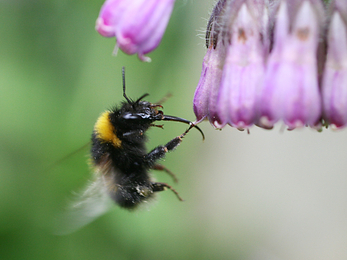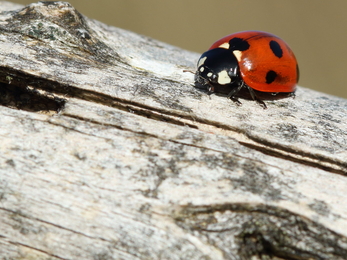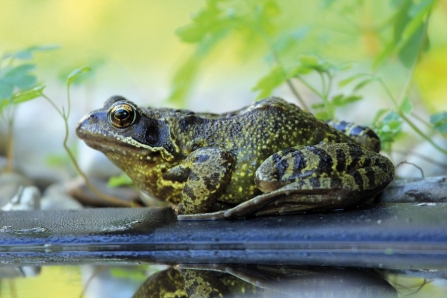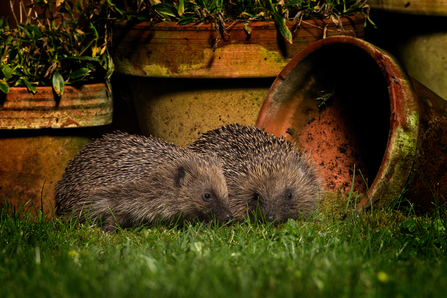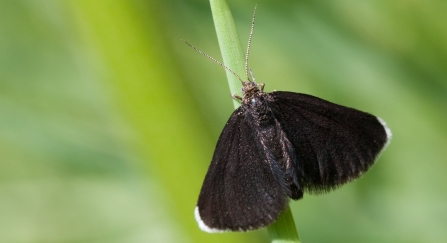Did you know that our collective gardens cover a bigger area than all of our nature reserves combined? Our gardens can be fantastic homes for wildlife, from tiny bugs to snuffling hedgehogs.
Here's what to look out for during the Great Yorkshire Creature Count, and some tips for helping to attract more wild friends!

